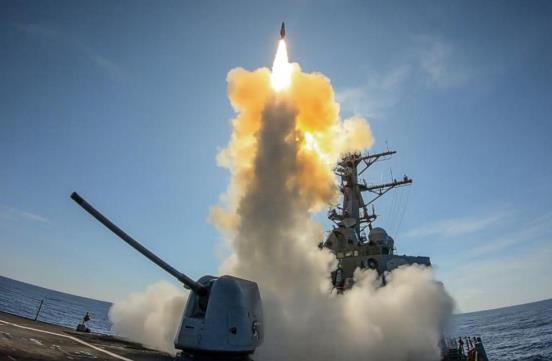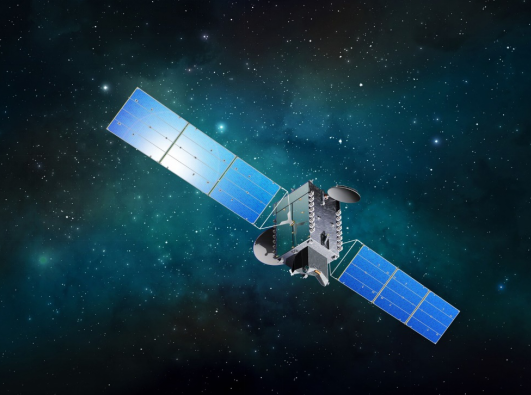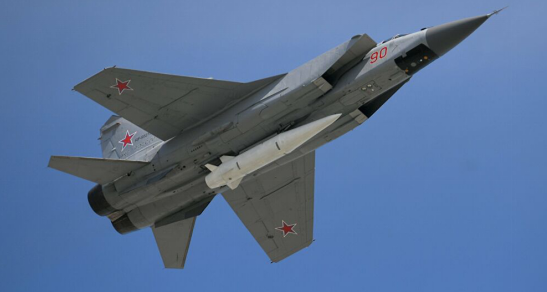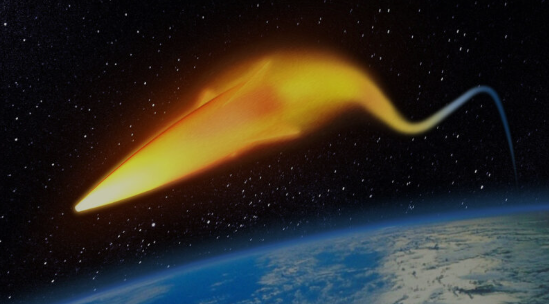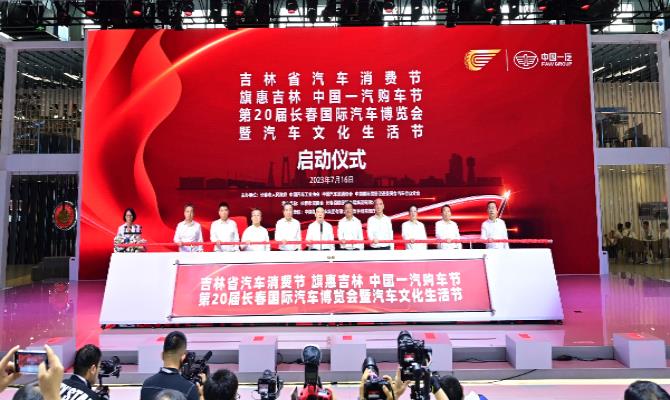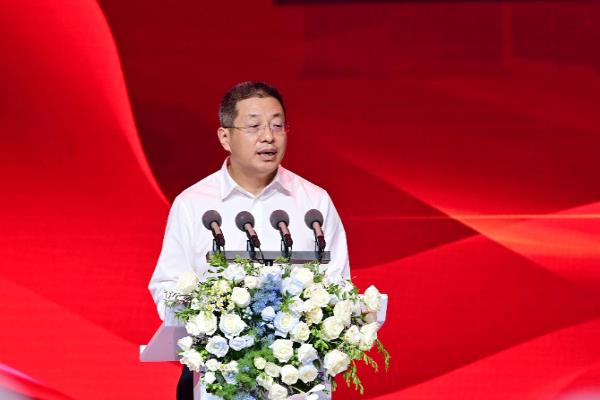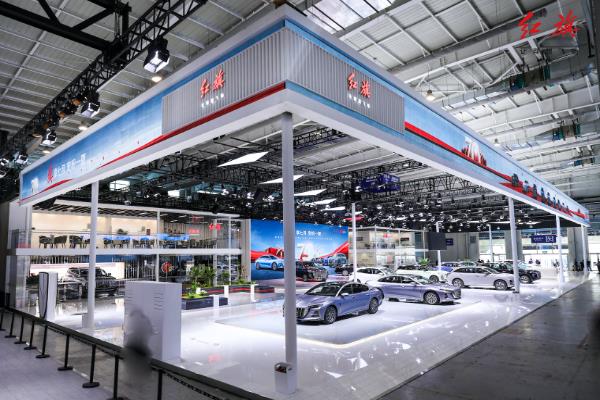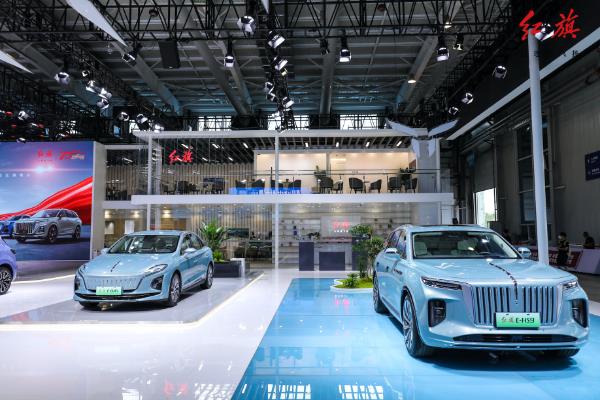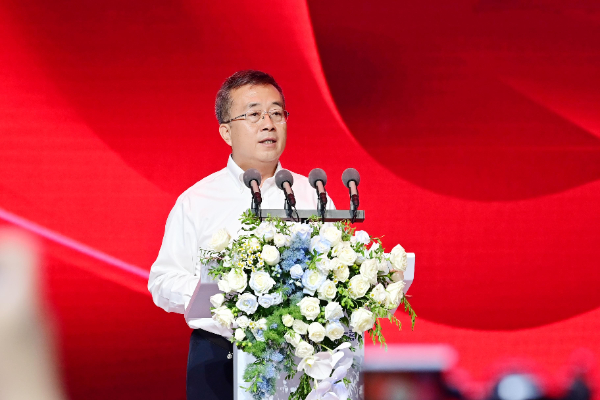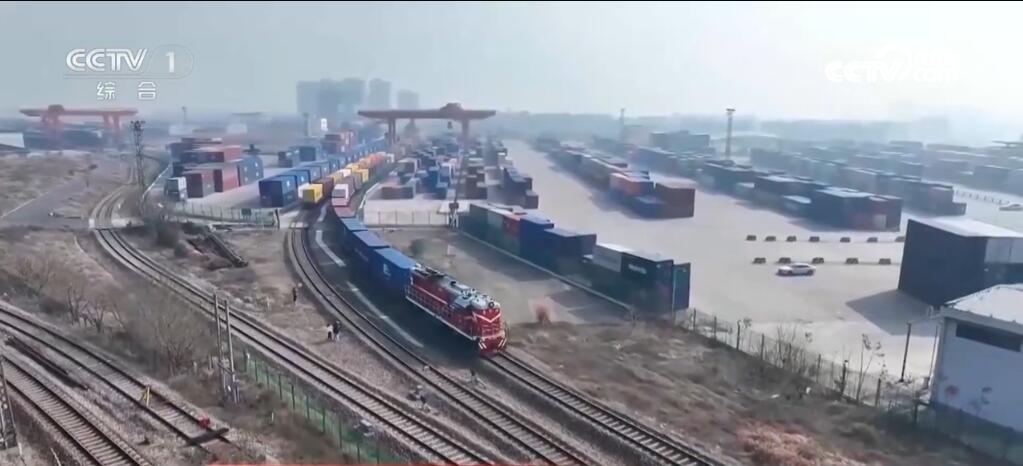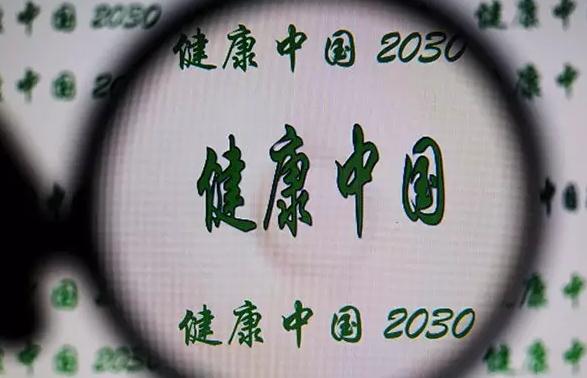Huawei mobile phone chip Kirin 980 released: invested more than 300 million US dollars, using 7 nanometer process.
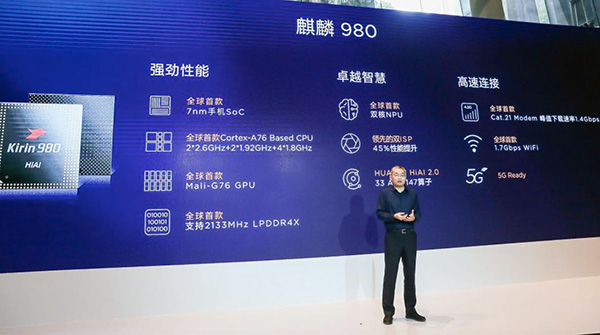
2018 Kirin Chip Media Communication Meeting Site
On September 5th, Huawei released the new mobile phone chip Kirin 980 in Shanghai. Kirin 980 is the world’s first mobile phone chip using TSMC’s 7nm (nanometer) process, and the flagship mobile phone Mate20 series released by Huawei next month will be equipped with this chip.
According to Huawei, Kirin 980 has adopted the most advanced 7-nanometer process and integrated 6.9 billion transistors, and its performance and energy efficiency have been comprehensively improved.
The world’s first 7nm process chip
Kirin 980 chip pushes the competition of mobile phone chips to 7nm, and then the new generation chips of Apple and Qualcomm will adopt 7 nm technology. For mobile phone chips, the technological process directly affects the performance and power consumption performance, and advanced technology is the basis of performance experience and energy efficiency experience.
At present, the 10nm manufacturing process is widely used in the industry. Only TSMC has realized the mass production of 7nm manufacturing process in the world, and Huawei Kirin 980 was also handed over to TSMC.
Last month, TSMC factory was invaded by ransomware, which caused the production line to stop production. TSMC also explained that some customers’ products were affected.
However, Huawei fellow Ai Wei said on September 5 that the TSMC virus incident did not affect Huawei Kirin 980 chip.

According to reports, compared with the 10nm process, the performance of the 7nm process is improved by 20%, the energy efficiency is improved by 40%, and the transistor density is increased by 1.6 times, achieving double improvement of performance and energy efficiency. At the same time of process upgrading and evolution, it is accompanied by the challenge of chip design upgrading, and the design difficulty of 7nm chip is greatly increased. From the point of view of chip technology, 7nm is equivalent to 70 atoms in diameter, which is close to the physical limit of silicon-based semiconductor technology. If Kirin 980 wants to dance on the needle tip, it still needs to overcome the complex semiconductor technology effect and the influence brought by the three-dimensional resistance and capacitance of the transistor itself, and its challenge is beyond imagination.
Ai Wei introduced that Huawei’s chip team started the basic research of 7nm new technology three years ahead of schedule, and integrated the advanced IP and system design capabilities accumulated by the industry and Huawei itself for a long time, effectively solving a series of engineering mass production problems of 7nm.
Based on CPU, GPU, NPU, ISP and DDR, a small Kirin 980 chip designed a heterogeneous architecture with system-wide integration and optimization, and integrated 6.9 billion transistors in less than 1 square centimeter.
Ai Wei said that Kirin 980 invested more than 300 million US dollars in R&D, but the specific amount is not convenient to disclose.
In terms of CPU, Kirin 980 is used by developers based on ARM Cortex-A76 for the first time in the world. Compared with the previous generation, single-core performance is improved by 75% and energy efficiency is improved by 58%. In order to meet the users’ demand for faster and more lasting mobile phone experience, Kirin 980 has designed the Kirin CPU subsystem on the basis of the previous generation multi-core architecture. Besides adapting and optimizing the CPU core for the terminal business, it has also designed the CPU scheduling algorithm, bus design and other details in depth, so as to ensure that the Kirin CPU subsystem can give full play to its performance and energy efficiency advantages from the overall design of SoC.
In terms of GPU, Kirin 980 is the first commercial Mali-G76 GPU in the industry, which improves performance by 46% and energy efficiency by 178% compared with the previous generation. Kirin 980 also innovatively introduces AI FM scheduling technology, which can learn the frame rate, fluency and touch screen input changes in real time, predict the task load of mobile phones, dynamically perceive the performance bottlenecks in the use of mobile phones, and conduct FM scheduling in time. Especially in the game scene, using AI FM scheduling technology to predict the load per frame of the game can improve the prediction accuracy by more than 30% compared with the traditional prediction method.
The fourth generation of self-developed ISP: pixel throughput increased by 46% compared with the previous generation.
As the core function of daily use of mobile phones, the improvement of camera ability has always been the focus of Kirin chip. In order to pursue a more beautiful and clearer imaging world, Kirin 980 adopts a brand-new upgraded fourth-generation self-developed ISP, which improves the pixel throughput by 46% compared with the previous generation and can adjust the image color and gray scale by region. Compared with Kirin 970, it supports more cameras and adapts to multiple cameras to bring a new photo experience. A new HDR color reproduction is introduced, which can adjust the image color in different regions and balance the color and details of photos.
For dark shooting scenes, Kirin 980 adopts a new Multi-pass multiple noise reduction technology to accurately reduce the noise in night photos, and the details are more complete, and the night shooting effect is more transparent and clear. The tracking accuracy is greatly improved in moving scenes. When shooting people in motion, the detection rate of face recognition is improved to 97.4%, and every wonderful moment is clearly captured.
The optimization of taking photos has shifted from static photos to mobile video. Kirin 980 adopts the Pipeline "processing pipeline" technology dedicated for video to improve video clarity, and the video shooting delay is reduced by 33%. In the future, users can easily shoot clear video blockbusters without heavy professional camera equipment.
Artificial Intelligence: Identify 4,500 photos per minute.
Kirin 970 set up a special NPU (Neural Network Processor) and put forward the concept of end-side artificial intelligence for the first time. The NPU of Kirin 980 has become dual-core, which has stronger computing power. In AI scenes such as face recognition, object recognition, object detection, image segmentation, intelligent translation, etc., it adopts a higher precision deep network and has better real-time performance.
According to Huawei, Kirin 980 recognizes 4,500 images per minute, and the recognition speed is 120% higher than that of the previous generation, much higher than the same period of the industry; When people are running fast, Kirin 980 can draw the joints and lines of human body in real time; Powerful object detection ability can accurately identify a variety of objects, and can achieve real-time object tracking for photo preview. Compared with the first artificial smart phone chip Kirin 970, Kirin 980 has achieved a leap from image recognition to object detection.
In addition, Huawei also announced that Kirin 980 supports 5G. Kirin 980 combines with Balong 5000, a 5G chip, to provide a 5G mobile phone solution.
The cumulative shipment of Huawei P20 exceeded 10 million units.
He Gang, president of Huawei’s consumer mobile phone product line, revealed in Shanghai that the cumulative shipment of Huawei P20 has exceeded 10 million units in the five months since its listing. "We hope that the total sales volume of this machine will exceed 20 million units. This is the task given to me by Mr. Yu (CEO of Huawei Consumer Business Yu Chengdong)."

He Gang said that the previous P20 series of gradient colors (aurora color, cherry pink gold) won enthusiastic response from the market once it was launched, and was popular among female users.
On the 5th, Huawei launched a new P20 color model, adding two new colors, namely Aurora Butterfly and Fritillaria, and two P20 Pro leather back covers.
He Gang said that M-series and P-series have made a good distinction between user groups, so they are not worried about the competition between P20 new products and the upcoming Mate 20.
This time, an 8GB version has been added for Huawei P20 Pro, in which the leather limited edition reaches 8GB+256GB, which fully meets the demand of high-end mobile phone users for large storage space and higher performance.
In addition to the new color matching of P20 series, Huawei EMUI 9.0 developed and customized based on Android 9.0 also appeared at the press conference. EMUI 9.0 simplifies 10% of the settings, and optimizes the details in many aspects, such as one-handed operation and gesture navigation, so that the overall sense of operation becomes simple.
Due to the adoption of GPU Turbo2.0 (software processing technology), the user’s game experience can be improved well, and the loading speed and response time become faster. The AI engine has also been updated in EMUI 9.0. At present, HiVision has been able to identify most places of interest and over 10 million famous paintings and artworks around the world. The launch of functions such as email translation and smart schedule also meets the needs of business people.
